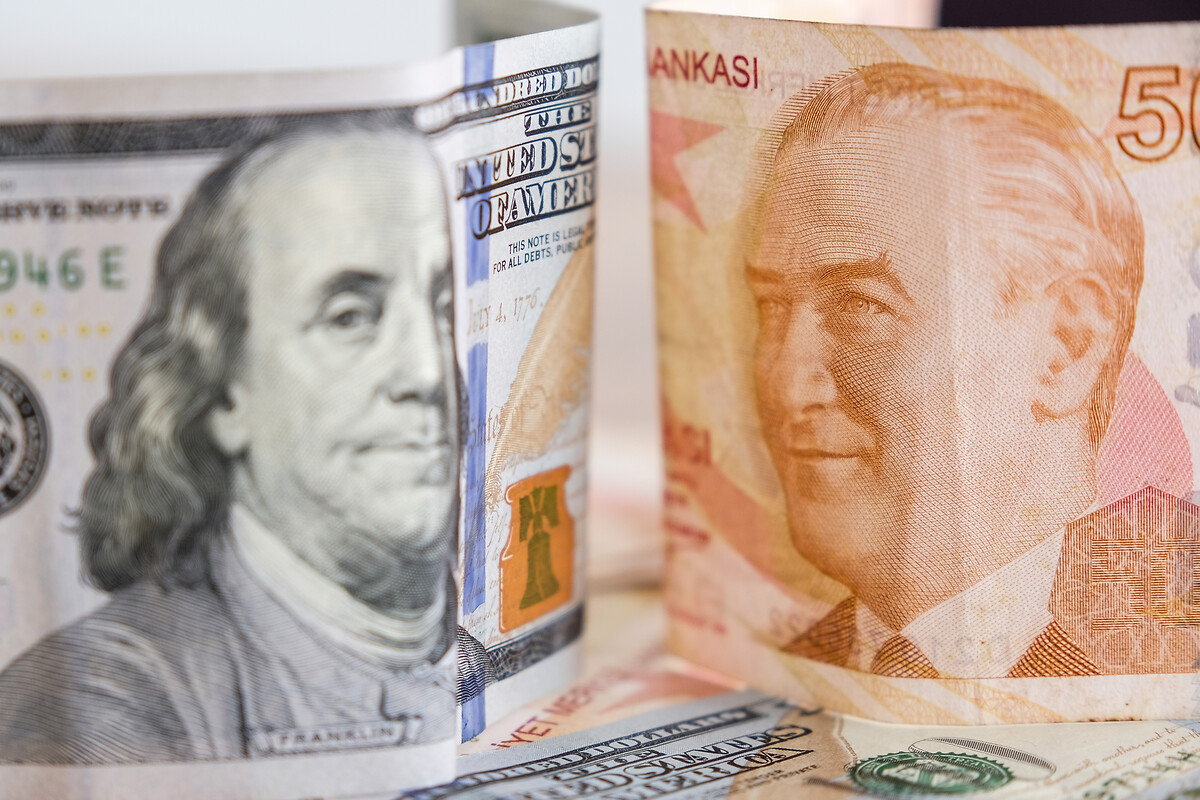Some analysts, foreign and national, said they expected the Turkish Lira to weaken towards a range of 25-28 against the dollar, after the currency experienced on Wednesday its worst decline since 2021 and plunged 7% to a record low, as the newly-elected government appeared to loosen stabilizing measures in its pivot to more orthodox policies.
The newly-elected government’s apparent shift towards more orthodox policies and the loosening of stabilizing measures are seen as contributing factors to this downward trend.
Tim Ash, a representative from BlueBay Asset Management, commented on the situation, stating, “We are seeing policy normalization play out. I think we are seeing the impact of Simsek pushing (the Turkish central bank) for rational policy.” This observation highlights the changing dynamics within the government and their potential influence on economic policies.
Throughout the year, Turkish authorities have been actively involved in the foreign exchange markets, utilizing billions of dollars in reserves to maintain the stability of the lira.
Bankers say the lira’s continued gradual depreciation will lead to improved market conditions and halt a decline in central bank reserves.
“The lira is getting closer every day to a level that will not need to be defended with reserves. I expect losses to continue for a while,” a forex trader said, adding sharp intraday losses show the currency is nearing “expected levels.”
A forex trader noted, “The lira is getting closer every day to a level that will not need to be defended with reserves. I expect losses to continue for a while,” further suggesting that the sharp intraday losses indicate that the currency is approaching the “expected levels” anticipated by market participants.
One of the driving forces behind the shift in policies is President Recep Tayyip Erdogan, who has openly expressed his aversion to interest rates. Under his pressure, the central bank significantly reduced its policy rate from 19% to 8.5% in 2021, aiming to stimulate growth and investment. However, this move resulted in a severe lira crisis in December of the same year, pushing inflation to a 24-year high of over 85%.
The recent return of Mehmet Simsek, a former finance minister and deputy prime minister from 2009 to 2018, signaled a departure from the unorthodox rate cuts that had contributed to the lira’s steady decline over the past five years. Simsek’s appointment indicates a potential shift towards more conventional policies, despite the persistently high inflation levels.
In an effort to stabilize the situation, President Erdogan is reportedly considering appointing Hafize Gaye Erkan, a senior finance executive in the United States, as the new central bank governor. However, this would mark the country’s fifth change in central bank leadership in just four years, highlighting the frequent policy pivots undertaken by the government.
Turkish authorities are hopeful that the adoption of more conventional policies will attract foreign investors who have been wary of the country’s economic instability in recent years. However, market watchers caution that Erdogan has previously switched back to unorthodox policies shortly after embracing conventional ones.
Paul McNamara, director of emerging market debt at asset manager GAM, expressed his views on the challenges ahead, stating, “Even without political interference, the process of getting Turkey onto a sustainable path is going to be turbulent, and likely involves substantial devaluation and higher yields.” McNamara believes that the fair value of the lira is likely to be approximately 15% lower, but he also emphasizes the difficulty of containing devaluation without significant external support, urging the abandonment of the de facto capital controls currently in place.
Source: Gerçek News



